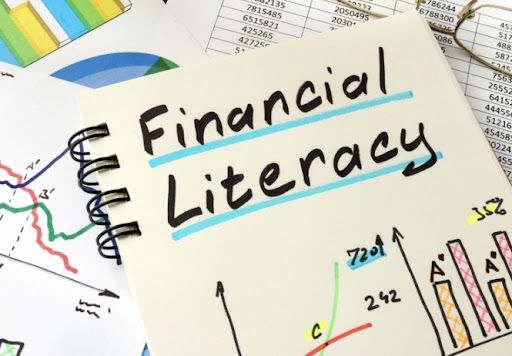Explore Financial Literacy: A core life-skill in 2022


Have you always maintained a piggy bank? Did you always enjoy keeping a record of your finances? And have you always been the kind to save for bigger and better things rather than being a spend-thrift? Then it’s time you acquaint yourself with financial literacy.
Financial literacy refers to the ability to understand and manage financial resources effectively in the long run. Knowledge, awareness and understanding of money-management and one’s finances provides a life-long yardstick to save better, invest smarter, and ultimately achieve financial stability. Financial literacy and education is a core life-skill that could aid students at every stage in life, as they branch out for higher studies and eventually build careers.
However, despite its cruciality, when it comes to financial literacy, India actually ranks the lowest among all the BRICS nations, as per a survey conducted by National Center for Financial Education in 2019. Similarly, according to a recent survey undertaken by the Securities and Exchange Board of India, only 27 per cent of India’s population is financially literate. While parents attempt to teach their children about managing money by opening a bank account for them or even gifting them piggy banks, financial literacy is rarely encouraged within schools. Therefore, the concept severely lacks institutional rigor in India, rendering students unaware and unprepared. The gap in financial literacy in the developmental stages results in a larger pitfall for the youth.
In this day and age, as we observe the world turning digital and the rise of entrepreneurship, crypto-currency and blockchain – developing financial literacy in school students has become invaluable. The pandemic compelled everyone to “manage their own finances” inevitably, and the experience highlights the significance of financial literacy in India. Thus, being able to manage one's own finances should be considered a prudent and transformative skill.
Over the past few years, a wide range of personal finance digital and mobile applications have emerged to assist users to streamline, categorize and manage their finances better. These apps also provide guidance on investment and surplus-generation. However, relying on these apps alone, without any foundational knowledge, can prove to be counter-productive. Financial ‘literacy’ is a skill that can be developed through concentrated learning of the varied layers that form the financial world.
Financial literacy as a skill can potentially help students to take a step towards independence and self-reliance. It will also empower them to manage their smaller expenses, their student loans, and ultimately, their overall financial well-being.
To celebrate World Youth Skills Day, The Telegraph Edugraph brings Skillfest 2022 to enable and empower young students. The contest is open to students in standard VIII-XII. The last day to submit entries is 13th July 2022.
Click on the link to apply: Skillfest 2022